Search
Remove Ads
Advertisement
Summary 
Loading AI-generated summary based on World History Encyclopedia articles ...
Search Results
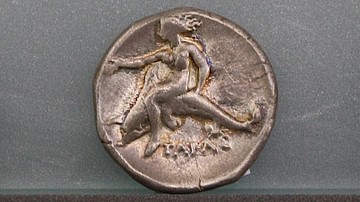
Definition
Tarentum
Tarentum (Taras, modern Taranto), located on the southern coast of Apulia, Italy, was a Greek and then Roman city. Controlling a large area of Magna Graecia and heading the Italiote League, Tarentum, with its excellent harbour, was a strategically...
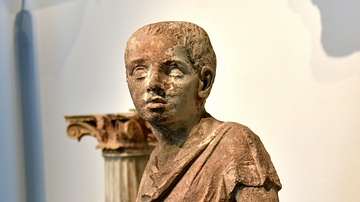
Image
Mourning Slave Boy from Tarentum
By his skinny body, overly large head, and short garment, the boy is characterized as a slave. It is very likely that the statue belonged to a large funerary monument in Tarentum. The boy probably looked up to the statue of his deceased master...
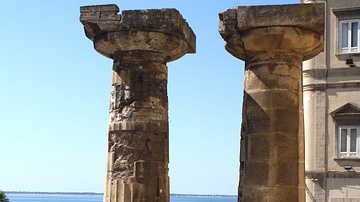
Image
Archaic Columns, Tarentum
Two columns, all that remains of an Archaic temple dedicated to Poseidon at Tarentum, southern Italy.

Image
Silver Stater of Tarentum
Silver stater coin of Tarentum (modern Taranto), a Greek colony in southern Italy founded by Sparta. Taras riding a dolphin. 5th century BCE. (Archaeological Museum of Altamura, Italy)
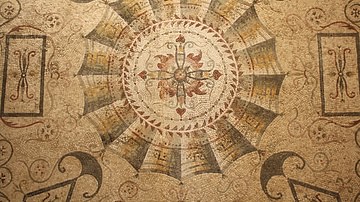
Image
Geometrical Mosaic, Tarentum
A Roman mosaic flooring with geometrical designs, Tarentum, southern Italy. 2nd century CE. (National Archaeological Museum of Taranto, Italy)
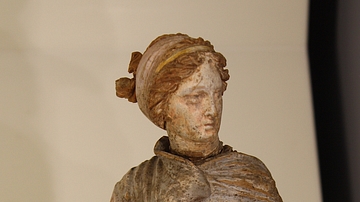
Image
Painted Figurine, Tarentum
A painted terracotta figurine of a woman wrapped in a himation. Tarentum, 3rd century BCE. (Archaeological Museum of Taranto, Italy)
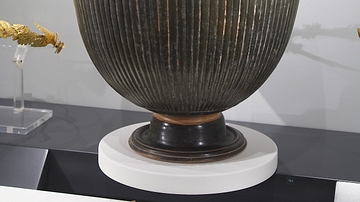
Image
Black Volute Krater, Tarentum
A black volute krater, Tarentum, southern Italy, 4th century BCE. (National Archaeological Museum of Taranto, Italy)
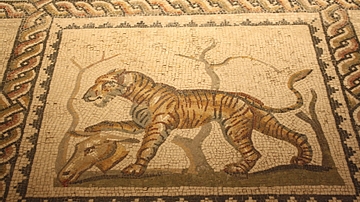
Image
Tiger Mosaic, Tarentum
A panel from a larger floor mosaic depicting a hunting tiger, Tarentum, southern Italy, Late 2nd, early 3rd century CE. (National Archaeological Museum of Taranto, Italy)
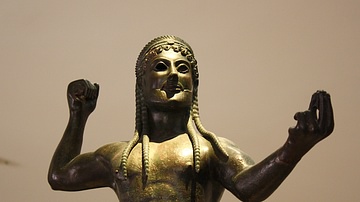
Image
Bronze Zeus, Tarentum
A bronze statue of Zeus, Tarentum, southern Italy c. 530 BCE. (National Archaeological Museum of Tarento, Italy)
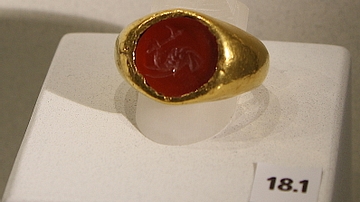
Image
Gold & Carnelian Ring, Tarentum
A gold and carnelian ring incised with an elephant holding a goad in its trunk. From Tarentum (Taranto), southern Italy. 1st century BCE. (Archaeological Museum of Taranto, Italy)